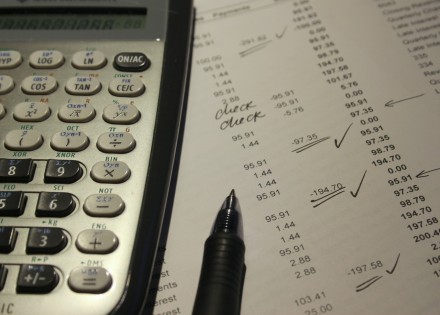
The tax term “Section 179” refers to a deduction, similar to depreciation, that allows businesses to deduct 100% of the cost of certain asset purchases.
Mechanics
Since this post is intended to just be a basic overview, I’ll avoid getting into technicalities. But here are the basics::
- A Section 179 deduction can be taken on asset purchases, whether new or used. Things such as buildings and land don’t qualify. For a complete listing of eligible assets, see the “Section 179” section of IRS Publication 946.
- The maximum Section 179 deduction is limited to your business income for the year. For purposes of this calculation, “business income” means your business net income plus any wages you earn.
- As of today, the maximum Section 179 deduction is $25,000. It is likely — but not guaranteed — that Congress will increase this limit before the end of the year. (The limit was $500,000 in 2014.)
- Owners of rental properties can’t take a Section 179 deduction.


[…] Dinesen, Glossary: Section 179. “As usual, Congress continues to dither on any tax extender bill for […]